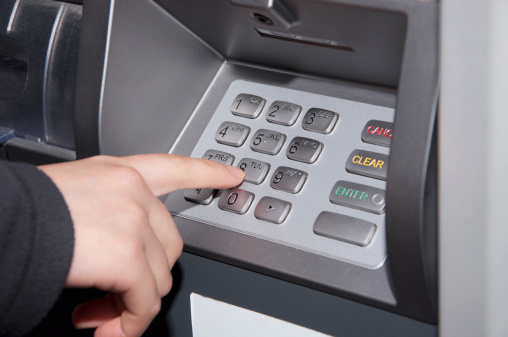Banking, finance, and taxes
Frequent Overdrafters Hold 9% of All Accounts, Pay 79% of Overdraft Fees

Published:
Last Updated:

Frequent overdrafters at banks account for 9% of all accounts but paid 79% of all overdraft and not sufficient fund (NSF) fees, according to a report from the U.S. Consumer Financial Protection Bureau (CFPB).
The CFPB’s report, titled “Data Point: Frequent Overdrafters,” said very frequent overdrafters account for 5% of all accounts in the study but paid more than 63% of all overdraft and NSF fees.
CFPB defined frequent overdrafters as accounts with more than 10 overdrafts and NSFs combined in a 12-month period. Very frequent overdrafters are accounts with more than 20 overdrafts and NSFs combined in a 12-month period.
The report said frequent overdrafters tend to be more constrained by credit than non-overdrafters or infrequent overdrafters. Those who are frequent overdrafters also generally tend to have lower credit scores and are less likely to have a general purpose credit card. The median credit score of frequent overdrafters is 585 and 563 for moderately frequent and very frequent overdrafters, respectively.
The CFPB determined that account usage characteristics and circumstances of frequent overdrafters varied, which the agency accounted for using a method to distinguish six groups of frequent overdrafters.
Four of these groups constituting nearly 70% of frequent overdrafters have low end-of-day balances (medians between $237 and $439), low or moderate credit scores (medians between 532 and 661) and low or moderate monthly deposits (with medians between $1,516, and $2,724). Another group constituting 20% of frequent overdrafters has low end-of-day balances (median of $140), low monthly deposits (median of $1,313) and no credit score. The remaining group, constituting about 11% of frequent overdrafters, has higher end-of-day balances (median of $1,403), higher monthly deposits (median of $7,828) but only moderate credit scores (median of 635).
Those who have a general purpose credit card have less available credit on such cards than non-overdrafters or infrequent overdrafters.
The CFPB dataset contained information on about 240,000 active accounts, including roughly 48,000 accounts belonging to frequent overdrafters. This dataset is representative of the more than 40 million accounts in the study banks it analyzed. To characterize annual account activity, CFPB focused on the 12 months from July 2011 through June 2012.
The agency said its sample comes from a small number of large banks and cannot be considered fully representative of the checking account market as a whole. “Nevertheless, based on our market observations, we believe it is likely to be similar to what one would observe at any institution that offers similar checking account and overdraft products,” said the CFPB in the report.
After two decades of reviewing financial products I haven’t seen anything like this. Credit card companies are at war, handing out free rewards and benefits to win the best customers.
A good cash back card can be worth thousands of dollars a year in free money, not to mention other perks like travel, insurance, and access to fancy lounges.
Our top pick today pays up to 5% cash back, a $200 bonus on top, and $0 annual fee. Click here to apply before they stop offering rewards this generous.
Flywheel Publishing has partnered with CardRatings for our coverage of credit card products. Flywheel Publishing and CardRatings may receive a commission from card issuers.
Thank you for reading! Have some feedback for us?
Contact the 24/7 Wall St. editorial team.